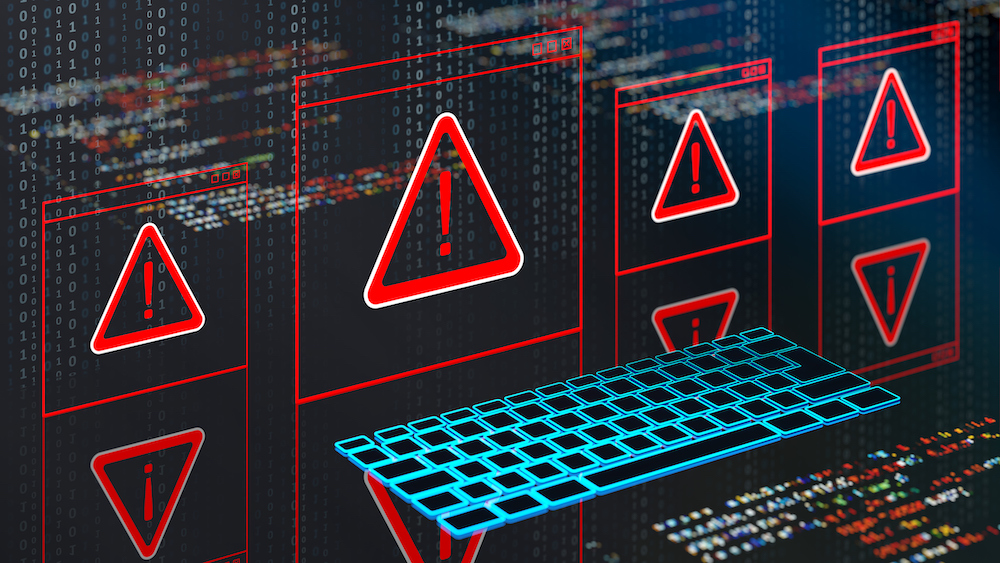

If you want to fly to Mars, you have to pick your departure date carefully. The ideal launch windows only come around every 26 months, and those launch windows are narrow because the planets need to be in alignment. Literally.
A fast rocket could widen those windows, shorten the trip’s duration, and spare time-sensitive cargo as well as passengers. The trouble is that the speed of today’s chemical rockets is limited by the fuel and oxygen they can carry.
Instead, you could use nuclear power—not a mere radioactive heat source, the kind that might power the weak ion propulsion of a long-term space probe, but an actual fission reactor. Such a furnace could expand a trickle of 20-kelvin liquid hydrogen into a tornado of 2,700-kelvin gas, enabling a manageable amount of propellent to provide powerful thrust halfway to Mars, then to reverse the thrust to decelerate.
That is precisely what NASA and DARPA want to build, first as a prototype, then as a Moon rocket, and finally as an interplanetary vehicle. On 26 July, the agencies disclosed details of the project, a partnership with Lockheed Martin and BWX Technologies, a reactor company based in Lynchburg, Va. They give the project the Harry Potterish name of DRACO, for Demonstration Rocket for Agile Cislunar Operations.
The plan is to test the prototype in space beginning in late 2026. That’s a very short order, eased in part by combining what would normally be the second and third phases of development. The speedup is possible because the prototype “incorporates a lot of heritage hardware from past deep-space missions,” says Tabitha Dodson, the DRACO program manager at DARPA. “We wanted to have a highly reliable space platform, with everything that’s not the engine low risk.”
The old program put weapons-grade uranium-235 in the reactor, which is also off the agenda now.
The first phase of development, on the new reactor design, has already been completed for an undisclosed cost. The next two phases are together budgeted for US $499 million.
If the prototype works out, the next step will be to build a lunar rocket, the speed of which would make it easier to build and supply a base on the Moon. But the real payoff would come when the order is given to go to Mars.
Meanwhile, who knows what military dividends may flow. DARPA funds experimental technologies that may someday be of use without necessarily specifying what that use might be. Perhaps a nuclear rocket could rush satellites from one part of the world to another.
The idea of a nuclear-powered rocket was first investigated as Project Orion in 1950s, leading finally to engine tests on the ground. That’s hardly ideal—certain problems are best examined in a vacuum, under zero-G conditions. But, in any case, ground testing is no longer on the agenda. Under today’s safety requirements, researchers would have to capture the exhaust, remove any radioactive materials, and dispose of them. Therefore, the plan is to place the prototype in an orbit 700 kilometers high, from which it would not fall back to earth for another 300 years or so.
The old program put weapons-grade uranium-235 in the reactor, which is also off the agenda now. Instead, the design specifies much less enriched U-235. “It is safe to work around; it is safe to be around; it doesn’t need the protection measures that need to be a place for plutonium,” says Anthony Calomino, a materials and structural scientist at NASA.
While on the launching pad, the fission chain reaction and the consequent radioactivity would be stifled by rotating drums that point their neutron-absorbing side inward, facing the reactor core. Then, when the engine is safely in orbit, the drums would turn to reveal their neutron-reflecting sides, which bounce the neutrons back into the core. That reflection would raise the neutron density, stimulating fission. Other safety measures include neutron-absorbing wires inside the core which “poison” the chain reaction until they are retracted.
The flight test will measure a number of features, notably the engine’s thrust—measured in the thousands of pounds—and its specific impulse. That is simply how long the engine and its propellant take to accelerate its own mass at a rate of 1 standard gravity (9.8 meters per second squared). An animation of the rocket, produced by Lockheed Martin, can be seen here.
Chemical rockets operating in a vacuum have around 400 seconds of specific impulse, but nuclear has “‘beyond 700, up to 900’ seconds, ‘which is what NASA has been talking about for getting humans to Mars,’” Lisa May, Lockheed Martin’s manager for Deep Space Exploration Strategy, told National Defense last month.
The prototype will also test how long liquid hydrogen—in this case some 2,000 kilograms of it—can be stored in orbit. The hope is to make it last for several months, which is two orders of magnitude longer than has yet been achieved. It would be better still if a way could be found to refuel an orbiting nuclear engine so that it could be used for years. Today’s upper-stage rockets last for maybe 12 hours before becoming so much more space junk.
Reference: https://ift.tt/r3tixN7
No comments:
Post a Comment